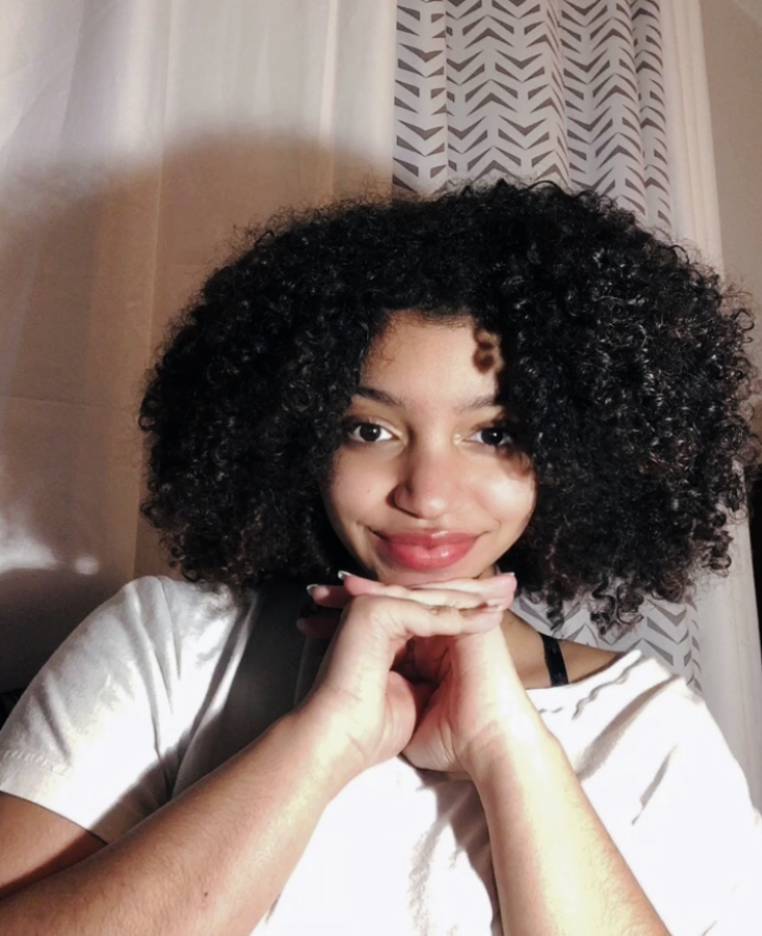
by Ashley DeLeon
Deputy Editor
I am a colorful woman with a voice that is colorless.
My racially ambiguous features and non-regional dialect spin the heads of many, as I leave very few hints that point to a clear-cut identity. It’s like Blue’s Clues, minus the clues.
“You don’t sound black but you don’t sound white. You definitely don’t sound Hispanic either. Are you mixed?”
People want a quick, easy formula when they meet me. However, a colorless voice does not include clear nuances that point to a demographic or region of origin. Many of us consciously and unconsciously predict one’s vernacular, tone, and use of language based on racial and ethnic makeup, and a shock-factor takes effect when we miss the mark.
What does this shock-factor look like on the receiving end?
It looks like the face you make when called on randomly in class to answer a question, interrupted from your mid-day, open eyed, peaceful slumber.
These psychological constructs embedded in our minds are based on stereotypes we have been spoonfed for years. Who is the wicked chef stirring this stereotype soup, you ask? Say it with me, everyone. The media.
Unfortunately, we have fallen victim to the media’s cookie cutter constructs, tunneling our understanding of individuality by predicting someone’s voice based on their appearance and identity.
From sitcoms to films, the media has cultivated a voice for the face of nearly every race and ethnicity. Yes, I’m talking about the “Valley Girl,” the overrepresentation of the blaccent (defined as an accent characteristic to black Americans), the “promiscuous Latina.” The list goes on and on. Many don’t realize the danger in reinforcing these stereotypes, let alone being blinded by them. Many people associate our non-regional dialects with having a diluted sense of cultural identity, sustaining the idea of “not being black enough,” or being classified as “‘too Americanized.’”
Many characters criticize Joan Clayton (played by Tracee Ellis-Ross) about her “siddity” voice in the television sitcom Girlfriends. Aired in the early 2000s featuring four black women and their unbreakable friendship, she is characterized as the antithesis of the blaccent. In the show, Clayton is represented as atypical because she speaks in a non-regional tone using grandiloquent vocabulary. She is also a successful lawyer with a very quirky personality. Ironically, she is the ordinary for many women in real life.
When my voice happens to break stereotypical molds, the shock-factor enters center stage. It prompts a sigh of relief and shines a beacon of hope. People can learn that appearance is not an indicator of voice, and we achieve this through cross-cultural interactions. Simply by talking to people who don’t look like us.
Voice is a child of identity and individuality. It is unforeseeable and unpredictable.
I am a woman of color with a clear, colorless voice. It is a part of who I am, and I wouldn’t have it any other way.

